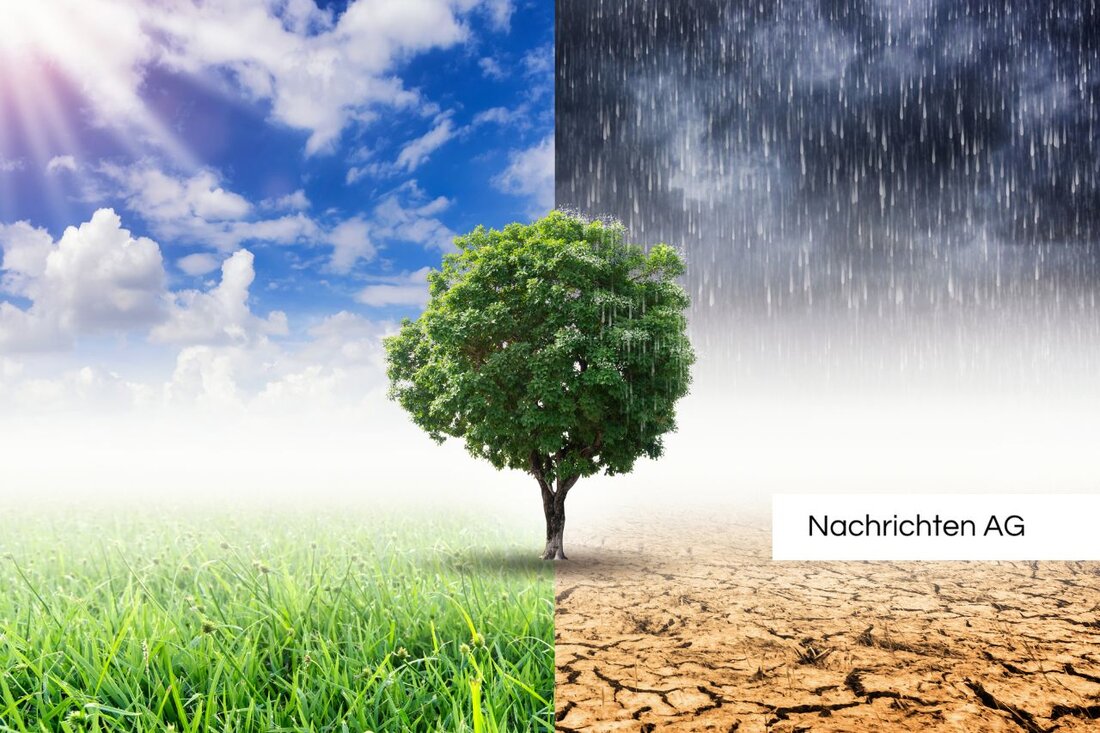Climate change: Caribbean threatened by wave of tropical storms in the 21st century!
A research team from Goethe University is studying sediments in the Great Blue Hole, analyzing climate change and storm frequency.

Climate change: Caribbean threatened by wave of tropical storms in the 21st century!
An international research team led by Goethe University has gained new insights into the frequency of tropical storms and hurricanes in the Caribbean. These results are based on the study of sediments in the Great Blue Hole, a deep underwater cave off the coast of Belize. The sediments, which come from a 30-meter-long core, provide insight into climatic changes over the last 5,700 years. This study was carried out in summer 2022 and funded by the German Research Foundation.
The research shows that the frequency of tropical storms in the region has steadily increased over the centuries. A total of 574 different storm events were identified, indicating changing climate dynamics. A sharp increase in storm frequency is predicted in the 21st century, which is directly linked to climate change and the associated higher sea temperatures. Experts fear that about 45 tropical storms could hit the region by the end of this century, well above the historical average.
The fascinating geology of the Great Blue Hole
The “Great Blue Hole” is known not only for its depths of 125 meters, but also for its geographical and geological importance. Formerly a stalactite cave, the hole was flooded by rising sea levels, which led to its current shape. This large underwater sinkhole has fascinated scientists and divers alike. During an exploration by an Aquatica Submarines team in 2018, a 3D map of the interior was created, revealing notable marine life such as reef sharks and turtles. However, at greater depths there is strong toxicity from hydrogen sulfide, which severely limits the living environment.
In addition, the researchers discovered small stalactites at a depth of about 120 meters. These geological formations are clues to the Blue Hole's ancient past and thus contribute to the study of climatic conditions in the region.
Climate change and its effects
Climate change represents one of the most serious challenges of the 21st century, with sea level rise being a particular concern. This is caused by global warming and glacier melting, which has direct consequences for coastal regions, especially in the Caribbean. According to experts, sea levels could rise by up to 1 meter by 2100. This could affect millions of people living near the coast.
Infrastructure in coastal cities such as Miami and New York is already facing enormous challenges, while ecosystems in these regions, particularly mangrove forests and coral reefs, are at great risk. These developments not only lead to a loss of biodiversity, but also to health and economic risks for the communities living there. Political measures to reduce emissions and international cooperation are therefore urgently needed to effectively meet these challenges.
In summary, the study results of the research team at the Great Blue Hole not only make a significant contribution to climate research, but also provide essential information about future challenges for the Caribbean and the world. The findings make it clear that an integrative approach to adapting to the consequences of climate change is of great importance.
The results of the study were published in the scientific journalScience Advancespublished and are therefore of great interest to the scientific community.

 Suche
Suche
 Mein Konto
Mein Konto